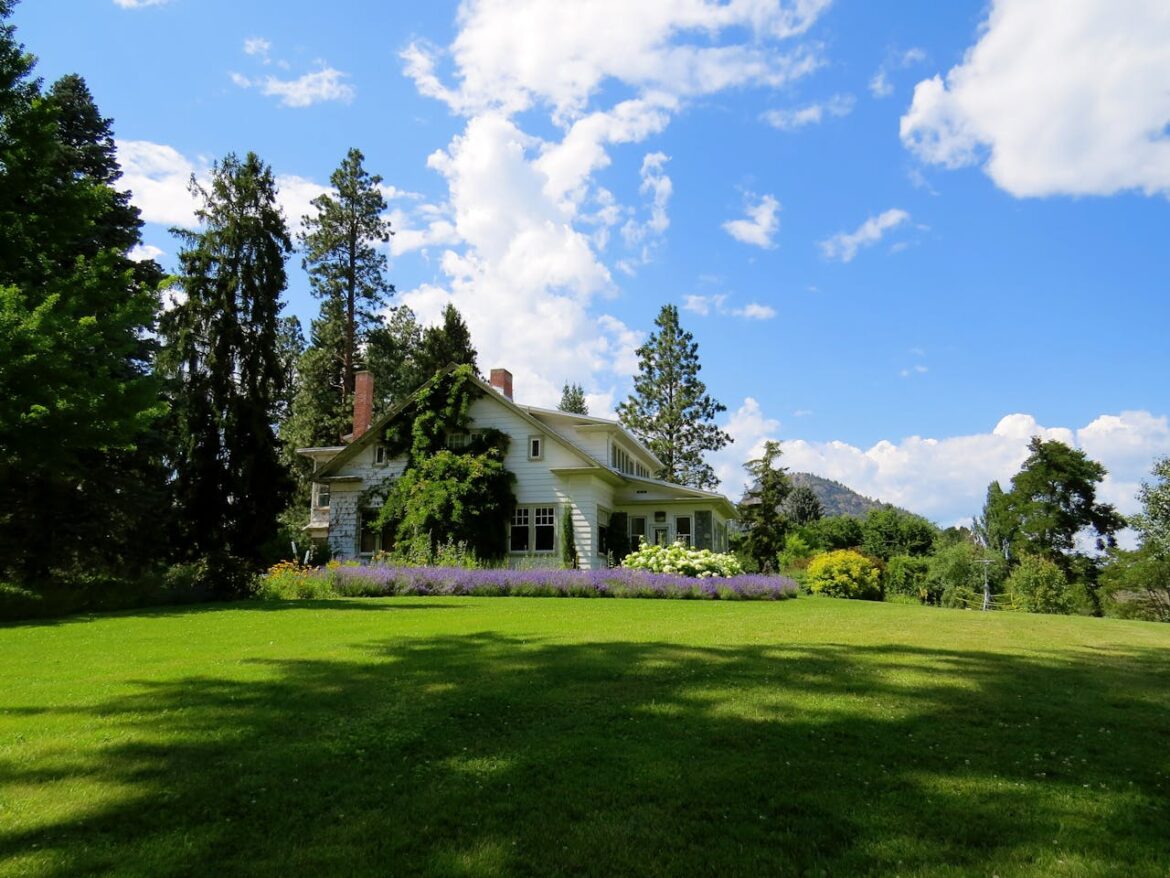Designing an outdoor garden at home can be a rewarding venture that enhances both the beauty and functionality of your backyard. A well-planned garden can provide a sanctuary for relaxation, a place to grow your own food, and a vibrant display of nature’s colors. However, even seasoned gardeners can make critical mistakes that hinder their gardening goals. By avoiding common errors, you can ensure your garden not only survives but thrives. Here are five key mistakes to avoid when embarking on your garden design journey.
1. Neglecting Local Climate and Soil Conditions
One common oversight when designing a backyard garden is failing to consider the local climate and soil conditions. These factors are crucial because they determine which plants will naturally thrive in your area. Planting species that are unsuitable for your local environment can lead to poor growth and higher maintenance requirements. Instead, spend time researching native plants and consult local gardening resources to understand your region’s growing conditions better. This knowledge will help you select the right plants, ultimately leading to a more sustainable and flourishing garden.
2. Poor Planning of Garden Layout
Another frequent mistake is not thoughtfully planning the layout of your garden. Without a clear vision of how your garden should look and function, you may end up with a disorganized space that lacks harmony. A well-structured plan considers factors such as sunlight exposure, watering needs, and accessibility. Additionally, you need the best materials; about 52% of all construction aggregate is crushed stone and 48% is sand and gravel. Decide on materials and then create a scaled map of your backyard and decide where each plant, pathway, and feature should go. This meticulous planning will not only enhance the aesthetic appeal of your garden but will also make maintenance easier in the long run.
3. Overcrowding Plants
Many gardeners fall into the trap of overcrowding plants, thinking it will lead to a lush, full look faster. However, this mistake can lead to a series of problems, such as stunted growth, increased disease risk, and resource competition. Understanding each plant’s mature size is essential to proper spacing in your garden. Allowing sufficient room for growth will ensure that plants receive adequate sunlight, air circulation, and nutrients. As tempting as it may be to plant densely, remember that patience pays off, and a well-spaced garden will ultimately be healthier and more resilient.
4. Ignoring Seasonal Changes
About 45 million Americans go on a diet every year, meaning you may be interested in planting various veggies to incorporate into your everyday cooking. With this in mind, ignoring the impact of seasonal changes is another pitfall to avoid. Many plants have specific blooming seasons, and without accounting for this, your garden might lack color or interest at certain times of the year. Plan your garden with a variety of plants that bloom at different seasons to keep your backyard vibrant year-round. Moreover, incorporating perennial plants that can survive the winter can provide structure and continuity through the changing seasons. Thoughtful seasonality planning will ensure that your garden remains a captivating visual experience throughout the year.
5. Skipping Regular Maintenance
Finally, skipping regular maintenance is a mistake that can quickly turn your garden from delightful to disorderly. A garden requires ongoing attention to stay healthy and beautiful, including tasks like pruning, weeding, watering, and pest control. Set aside regular time for maintenance, and keep a calendar of gardening chores to ensure you stay on top of these tasks. Consistent care not only keeps your garden looking its best but also prevents small issues from becoming significant problems. Embrace the routine of garden care, and your outdoor oasis will reward you with beauty and bounty.
Home improvement budgets, on average, fall between $400 and $14,000. As you navigate creating a garden and improving your home’s outdoor spaces, avoiding these common mistakes becomes crucial. Remember, a well-planned garden reflects not only an understanding of nature but also a personal investment in your living space. With patience and care, your garden can become a blossoming extension of your home.

